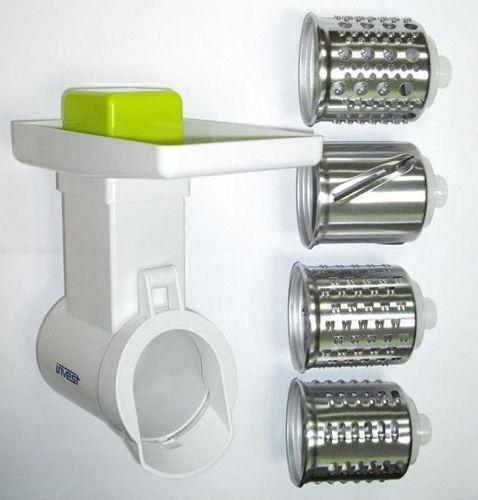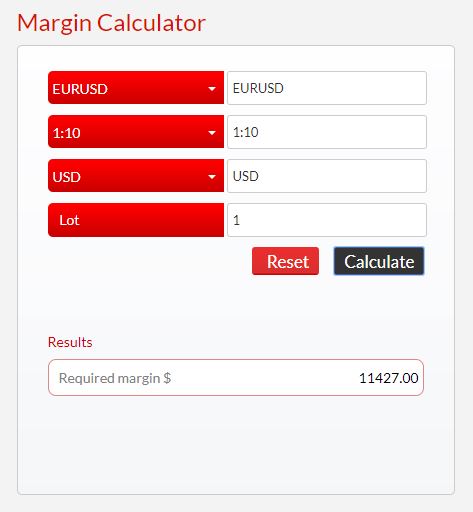
You may need to modify your bank account if you have trouble logging into your TreasuryDirect account. This can be done by obtaining your bank's routing numbers, which are nine-digit numbers. This number is available in an email from TreasuryDirect. You will need this number to log in to your account and start using the services.
Having difficulty logging into Treasurydirect
There are several things you can do if you have difficulty logging into TreasuryDirect. First, ensure that your computer is registered for TreasuryDirect. To log in, you'll need an OTP if you aren't registered. After entering your account number and clicking "Submit," you will be given a One Time Passcode (OTP). Once you have entered it, you'll need to enter it in the appropriate area of the website.
Then check your bank details. When they sign up for TreasuryDirect service, most users submit their bank accounts information. Additional paperwork may be required if the details are changed. This paperwork is called the "Sign Guaranteed Seal" and it's used to prevent identity fraud. Your TreasuryDirect account should be linked to any account you plan on keeping open for a long period of time.

Changing bank account
If you are unhappy with the current online banking features offered by your bank, you can use the TreasuryDirect login to make changes. There are many features available, including the ability to choose from several languages or a printed form. You can choose which account you want to change, and either email or call another bank. These steps will allow you to change your account information.
First, pick a password. You must choose a password that is unique. Don't forget to include your personal information. After you select a password, you will need to answer three security questions.
Set up an Account
There are only a few steps to create an account with TreasuryDirect. First, you will need to select a password. It is essential to keep your password secure. Put a stop to your password in case someone finds it. These holds stop other users from making certain transactions in your account.
Next, choose at least eight characters for your password. While you can combine numbers and letters, it is best to avoid special characters such as "#".. It is important to pick something that is easy for people to remember. As an example, you might use a caption or image to aid your memory. You will also need to decide how much money you wish to spend per calendar.

Redeem a savings coupon
Online redemption of savings bonds is possible through TreasuryDirect. But there are steps that you must take before you can redeem one. First, you need to register your bond, which is done on your bond. This will help you determine who will get the interest, and who can cash it. Additionally, registering your savings bond ensures that the savings bond will be paid out in the event that the owner dies. You can register your savings bond in one of three ways: over the counter at a financial institution or online.
It is easy. First, verify that you have a valid bank account number. After that, log into TreasuryDirect. You can also verify your identity using your email address and password. This will ensure your account is secure from identity theft.
FAQ
What are some of the benefits of investing with a mutual-fund?
-
Low cost - purchasing shares directly from the company is expensive. Purchase of shares through a mutual funds is more affordable.
-
Diversification - most mutual funds contain a variety of different securities. The value of one security type will drop, while the value of others will rise.
-
Professional management - professional mangers ensure that the fund only holds securities that are compatible with its objectives.
-
Liquidity – mutual funds provide instant access to cash. You can withdraw your funds whenever you wish.
-
Tax efficiency - Mutual funds are tax efficient. So, your capital gains and losses are not a concern until you sell the shares.
-
Purchase and sale of shares come with no transaction charges or commissions.
-
Mutual funds are easy-to-use - they're simple to invest in. You will need a bank accounts and some cash.
-
Flexibility - You can modify your holdings as many times as you wish without paying additional fees.
-
Access to information - you can check out what is happening inside the fund and how well it performs.
-
Investment advice - you can ask questions and get answers from the fund manager.
-
Security - you know exactly what kind of security you are holding.
-
Control - you can control the way the fund makes its investment decisions.
-
Portfolio tracking: You can track your portfolio's performance over time.
-
You can withdraw your money easily from the fund.
There are some disadvantages to investing in mutual funds
-
There is limited investment choice in mutual funds.
-
High expense ratio - Brokerage charges, administrative fees and operating expenses are some of the costs associated with owning shares in a mutual fund. These expenses eat into your returns.
-
Lack of liquidity-Many mutual funds refuse to accept deposits. They must only be purchased in cash. This limit the amount of money that you can invest.
-
Poor customer service. There is no one point that customers can contact to report problems with mutual funds. Instead, you need to contact the fund's brokers, salespeople, and administrators.
-
Ridiculous - If the fund is insolvent, you may lose everything.
What is a Stock Exchange and How Does It Work?
Stock exchanges are where companies can sell shares of their company. This allows investors and others to buy shares in the company. The market decides the share price. The market usually determines the price of the share based on what people will pay for it.
Companies can also get money from investors via the stock exchange. Investors are willing to invest capital in order for companies to grow. They buy shares in the company. Companies use their money for expansion and funding of their projects.
There can be many types of shares on a stock market. Some shares are known as ordinary shares. These are most common types of shares. Ordinary shares can be traded on the open markets. Stocks can be traded at prices that are determined according to supply and demand.
Preferred shares and bonds are two types of shares. When dividends are paid out, preferred shares have priority above other shares. These bonds are issued by the company and must be repaid.
Why is a stock called security.
Security is an investment instrument that's value depends on another company. It may be issued either by a corporation (e.g. stocks), government (e.g. bond), or any other entity (e.g. preferred stock). If the asset's value falls, the issuer will pay shareholders dividends, repay creditors' debts, or return capital.
What are the advantages of owning stocks
Stocks are more volatile than bonds. Stocks will lose a lot of value if a company goes bankrupt.
However, share prices will rise if a company is growing.
For capital raising, companies will often issue new shares. This allows investors to purchase additional shares in the company.
Companies can borrow money through debt finance. This gives them access to cheap credit, which enables them to grow faster.
People will purchase a product that is good if it's a quality product. The stock's price will rise as more people demand it.
The stock price will continue to rise as long that the company continues to make products that people like.
How do you invest in the stock exchange?
Brokers allow you to buy or sell securities. A broker buys or sells securities for you. Trades of securities are subject to brokerage commissions.
Banks typically charge higher fees for brokers. Banks will often offer higher rates, as they don’t make money selling securities.
To invest in stocks, an account must be opened at a bank/broker.
If you use a broker, he will tell you how much it costs to buy or sell securities. He will calculate this fee based on the size of each transaction.
You should ask your broker about:
-
You must deposit a minimum amount to begin trading
-
What additional fees might apply if your position is closed before expiration?
-
What happens when you lose more $5,000 in a day?
-
How long can you hold positions while not paying taxes?
-
What you can borrow from your portfolio
-
Whether you are able to transfer funds between accounts
-
how long it takes to settle transactions
-
How to sell or purchase securities the most effectively
-
How to Avoid Fraud
-
How to get help when you need it
-
If you are able to stop trading at any moment
-
If you must report trades directly to the government
-
Whether you are required to file reports with SEC
-
whether you must keep records of your transactions
-
whether you are required to register with the SEC
-
What is registration?
-
How does this affect me?
-
Who is required to register?
-
What are the requirements to register?
Statistics
- US resident who opens a new IBKR Pro individual or joint account receives a 0.25% rate reduction on margin loans. (nerdwallet.com)
- Even if you find talent for trading stocks, allocating more than 10% of your portfolio to an individual stock can expose your savings to too much volatility. (nerdwallet.com)
- "If all of your money's in one stock, you could potentially lose 50% of it overnight," Moore says. (nerdwallet.com)
- Individuals with very limited financial experience are either terrified by horror stories of average investors losing 50% of their portfolio value or are beguiled by "hot tips" that bear the promise of huge rewards but seldom pay off. (investopedia.com)
External Links
How To
How to create a trading strategy
A trading plan helps you manage your money effectively. This allows you to see how much money you have and what your goals might be.
Before you create a trading program, consider your goals. You might want to save money, earn income, or spend less. If you're saving money, you might decide to invest in shares or bonds. If you're earning interest, you could put some into a savings account or buy a house. If you are looking to spend less, you might be tempted to take a vacation or purchase something for yourself.
Once you know what you want to do with your money, you'll need to work out how much you have to start with. This depends on where your home is and whether you have loans or other debts. It is also important to calculate how much you earn each week (or month). Income is what you get after taxes.
Next, save enough money for your expenses. These include bills, rent, food, travel costs, and anything else you need to pay. These all add up to your monthly expense.
You will need to calculate how much money you have left at the end each month. This is your net available income.
Now you've got everything you need to work out how to use your money most efficiently.
To get started, you can download one on the internet. Or ask someone who knows about investing to show you how to build one.
Here's an example spreadsheet that you can open with Microsoft Excel.
This is a summary of all your income so far. Notice that it includes your current bank balance and investment portfolio.
Another example. This was created by a financial advisor.
It will let you know how to calculate how much risk to take.
Remember: don't try to predict the future. Instead, think about how you can make your money work for you today.